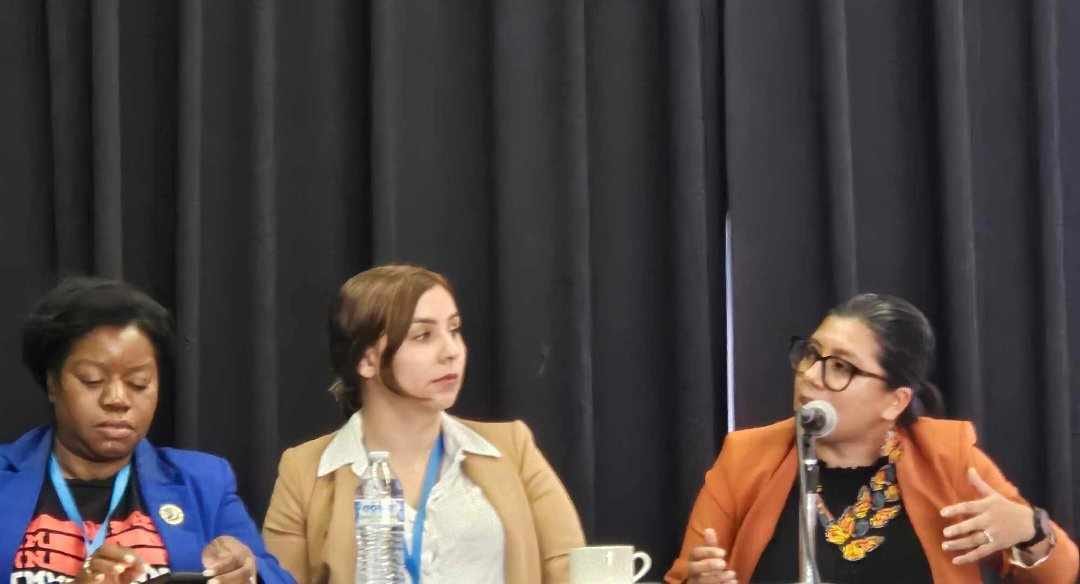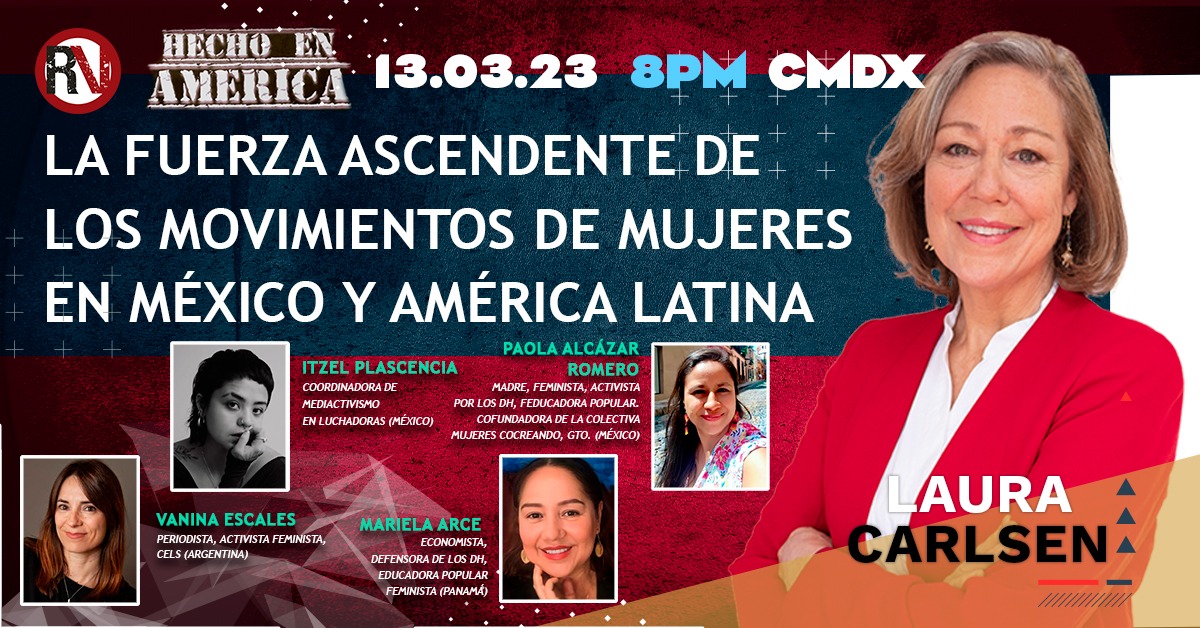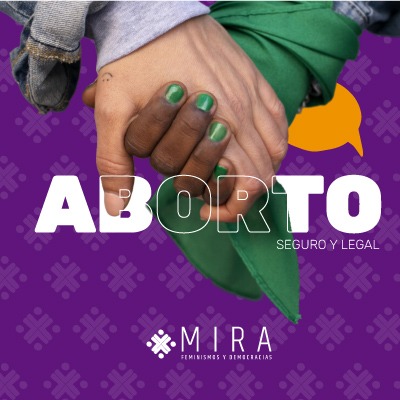Report
from the South
MERCOSUR and the FTAA:
New Tensions and New Options
Eduardo Gudynas | November
11, 2003
Americas Program,
Interhemispheric Resource Center (IRC)
www.americaspolicy.org
Integration processes in Latin America have highlighted new topics and new challenges for the Southern Common Market (MERCOSUR). The trade bloc, formally created in 1991 (one year before NAFTA), comprises Argentina, Brazil, Paraguay, and Uruguay as full members, and Chile and Bolivia joined as associate members several years later.
MERCOSUR has adopted a series of economic and political objectives that
have taken it beyond being merely a free trade agreement, to something resembling
an imperfect customs union. Approximately 200 million persons live in the
MERCOSUR area, making it the world’s third-most-important trade bloc, after
NAFTA and the European Union.
Following several years of growth marked by a dizzying expansion of regional
trade, MERCOSUR was hit hard, first by devaluation in Brazil, and more recently
by the Argentine crisis. Despite these setbacks, the bloc continues to move
forward, especially in the political sphere, where it faces crucial tests
in connection with the Free Trade Area of the Americas (FTAA) negotiations.
Brazil and the New Regional
Emphasis
Both at the FTAA and in global negotiations, Brazil has sought to use MERCOSUR
to leverage its negotiating power and project itself as a regional leader.
This stance was first assumed by the government of Fernando Henrique Cardoso
and has been reinforced by the current administration of Luiz Inacio "Lula"
da Silva.
Under Lula, this position has been strengthened and more assertively defined.
Brazil’s current government has made it clear that the emphasis is no longer
on Latin America as a whole but on South America. Lula recently said, "South
America is my home," adding: "Mexico and Central America now have
other interests; I think South America is closer to making the dream of integration
a reality."
Hence, the search for new partners focuses on the Andean countries. Another
important change is that there is now less insistence on the Southern Market
reaching an agreement with the Andean Community of Nations and more on "expanding"
MERCOSUR to include new Andean members. Though not expressed explicitly, there
are insinuations that the Andean Community has failed to mature into an integrated
bloc whereas MERCOSUR has succeeded.
MERCOSUR’s "expansion" has brought Peru into the group, and Venezuela
is expected to be next. This approach is supported by Argentina’s new government,
headed by Néstor Kirchner, while it is viewed uneasily by Jorge Batlle’s
administration in Uruguay. To further strengthen these ties, Lula’s government
is promoting several integration agreements on infrastructure (such as bridges,
highways, and power lines), most notably with Bolivia, Peru, and Venezuela.
An expanded MERCOSUR would have greater negotiating leverage vis-à-vis
the FTAA, thereby increasing Brazil’s importance. Some contested issues with
the United States, such as agricultural protectionism or anti-dumping measures,
could be more effectively dealt with by a larger MERCOSUR.
Many analysts and officials feel that the growth of MERCOSUR is precisely
what worries Washington the most. Each time a step is taken in that direction,
the United States counters with opposing measures. In the best-known case,
just as Chile was going to join MERCOSUR as a full member, it received an
invitation from the Clinton administration to begin negotiating a free trade
agreement with the United States. This precedent is important to bear in mind,
since it indicates that expanding free trade through new "associated"
countries does not necessarily strengthen MERCOSUR.
The U.S. seems to be applying the same tactic with Peru. When Brazil and
MERCOSUR came closer to reaching an association agreement with Peru, Washington
hinted at the possibility of a U.S.-Peru free trade agreement. The consequences
of this enticement were seen immediately. Despite strong domestic debate,
Alejandro Toledo’s government quickly withdrew from the Group of 20 led by
Brazil and others to counter the U.S.-EU proposal in the September World Trade
Organization talks, and eagerly responded to Washington’s invitation to negotiate.
Strengths and Weaknesses
Although the strategy promoted by Brazil to "expand" MERCOSUR
has advantages for the notion of a "South American bloc," its weakness
is that it pursues its objective through free trade agreements. MERCOSUR is
expanding by adding new members through free trade pacts (as in the case of
Peru, and in the negotiations with Venezuela.) Nevertheless, MERCOSUR’s objectives
include the establishment of a "common market" that goes beyond
free trade and contains a strong political component. If MERCOSUR restricts
itself to free trade, it will more closely resemble NAFTA than a pact allowing
for strong political coordination, such as the one that now exists in Europe.
Political integration can be maintained as long as most parties to the
agreement are "full members," but it is threatened as the number
of associate members rises. The path to a common market succeeded while there
were four full members and one or two trade associates. But if the current
trend continues, the number of associate parties to the free trade arrangement
will equal that of the four original partners. The agreement is thus gradually
becoming a sort of "southern NAFTA."
Brazil’s proposal would increase the number of members, but would not strengthen
the agreement’s political ties in the context of the FTAA. This is because
the political agreements that are binding upon negotiators regarding production
and external issues do not apply to trade associates. The arrangement raises
the question of why associate Chile or Peru if those countries move forward
with a trade policy consistent with Washington’s proposal for the FTAA.
While U.S. pressure is a major source of tension, internal tensions arise
primarily from two sources: from South American countries’ apprehension about
Brazil, and from resistance within Brazil to integration with supranational
rules. Many of Brazil’s neighbors continue to fear a certain Brazilian hegemony
on a local scale. In the meantime, Brazil does not wish to relinquish any
sovereignty to a system of supranational regulations that would impose rules
above national laws. Although there has been much talk of a common MERCOSUR
parliament, there are no concrete indications about the way to achieve supranational
laws. And, although a common bloc is being sought, it is not clear where and
how Brazil will give in to the demands of its smaller neighbors. Lula insists
that he intends to move in that direction, but exactly how he will do so remains
unclear. Differences over dispute settlement within MERCOSUR and the absence
of more efficient coordination partially explain the protests in Uruguay vis-à-vis
Brazil, although another part of the explanation lies in the Uruguayan government’s
flirting with the Bush administration.
Further complicating matters is tension within the Brazilian government.
The integrationist strategy proposed by Foreign Minister Celso Amorim and
special adviser Marco Aurelio García run counter to the vision of the
Ministries of Economy, Agriculture, and Industry, as well as that of several
business sectors that are calling for greater flexibility in the FTAA negotiations.
Options in the Face of the FTAA
It is with these strengths and weaknesses that MERCOSUR will come to the
FTAA Ministerial Meeting in Miami. The events of recent weeks have turned
Brazil into the reverse image of the United States in these trade negotiations,
both due to Brazil’s own interests and due to the alignment of other important
nations–including Mexico, Chile, and Colombia–with Washington.
Without additional support for its demands for U.S. concessions on hemispheric
trade, MERCOSUR risks becoming isolated in those complex discussions. In fact,
Brazil faces possible isolation both in the FTAA and within MERCOSUR. The
negotiations in Miami will, then, have repercussions not only at the hemispheric
level but also for the future of integration in the Southern Cone. MERCOSUR’s
future largely depends on the FTAA: If MERCOSUR remains confined to a free
trade agreement while a hemispheric free trade agreement is simultaneously
approved, MERCOSUR will lose its very purpose. Therefore, the solution for
MERCOSUR is to further strengthen regional integration.
Eduardo Gudynas is an information analyst at D3E (Desarrollo, Economía,
Ecología y Equidad en América Latina; www.globalization.org ).
He is a regular columnist for the IRC Americas Program (online at www.americaspolicy.org ).
Join our network to receive email announcements that tell you when new items like this article are posted to the Americas Program website. Information on our privacy policy is available on our network sign-up page.
We want your feedback . Tell us what you think of this article. Your comments may be published in our CrossBorder UPDATER or UPDATER Transfronterizo .
Published by the Americas Program at the Interhemispheric Resource Center (IRC). ©2003. All rights reserved.
Recommended citation:
Eduardo Gudynas, "MERCOSUR and the FTAA: New Tensions and New Options,"
Americas Program (Silver City, NM: Interhemispheric Resource Center, November
11, 2003).
Web location:
http://www.americaspolicy.org/columns/gudynas/2003/0311mercosur.html
Production information:
Writer: Eduardo Gudynas
Editor: Laura Carlsen, IRC
Translation: Alan Hynds
Layout: Tonya Cannariato, IRC



